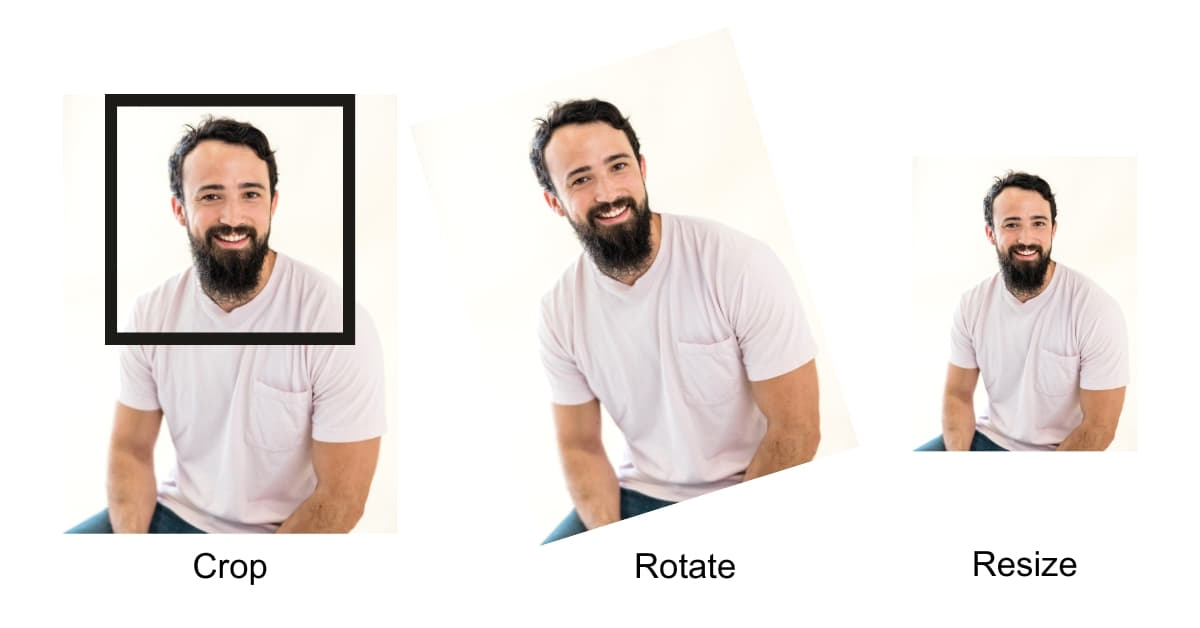In the realm of digital media, effective image editing is a skill that can significantly enhance the visual appeal of your content. Cropping, rotation, and resizing are fundamental techniques that empower creators to optimize images for various platforms. In this article, we’ll delve into the intricacies of cropping, rotation, and resizing, exploring their significance and providing practical insights for users of all levels.
Understanding Cropping
Cropping is the process of trimming unwanted portions of an image to focus on the subject or improve composition. This technique is crucial for eliminating distractions, improving framing, and enhancing visual impact. To crop an image effectively, consider the rule of thirds, balance, and the overall message you want to convey.
Tips for Successful Cropping
- Use the rule of thirds grid to guide your cropping decisions.
- Maintain a balanced composition by considering the distribution of visual elements.
- Experiment with different aspect ratios to find the most suitable one for your purpose.
The Art of Rotation
Rotation allows you to change the orientation of an image, providing a fresh perspective or correcting alignment issues. Whether it’s straightening a tilted horizon or experimenting with creative angles, rotation is a versatile tool in image editing.
Key Rotation Techniques
- Correcting skewed horizons (perspective correction) for a professional look.
- Experimenting with diagonal angles for a dynamic and engaging presentation.
- Creating a sense of movement by rotating subjects within the frame.
The Power of Resizing
Resizing an image involves altering its dimensions, either to fit specific dimensions or to reduce file size. This is crucial for optimizing images for websites, social media, or print. However, it’s essential to strike a balance between size reduction and maintaining image quality.
Best Practices for Resizing
- Understand the required dimensions for the target platform.
- Maintain the aspect ratio to prevent distortion.
- Use high-quality resizing algorithms to preserve image sharpness.
FAQs
What is the ideal aspect ratio for social media images?
The ideal aspect ratio varies across platforms. For instance, Facebook and Twitter favor 16:9, while Instagram prefers 4:5 for portrait images and 1:1 for square images.
Can I resize an image without compromising quality?
While resizing may result in some loss of quality, using professional resizing tools and techniques can minimize the impact. It’s crucial to strike a balance between size reduction and maintaining image clarity.
How can I rotate an image without distorting it?
To rotate an image without distortion, use software that allows for freeform rotation or choose fixed rotation angles (90, 180, 270 degrees). This helps maintain the image’s original proportions.
Conclusion
Mastering the art of cropping, rotation, and resizing is essential for anyone involved in image editing. These techniques not only enhance the visual appeal of your content but also ensure that your images are optimized for different platforms. Experiment with these tools, keeping in mind the guidelines provided, and watch your images come to life in a new and captivating way.
This page was last edited on 27 February 2024, at 1:10 pm
